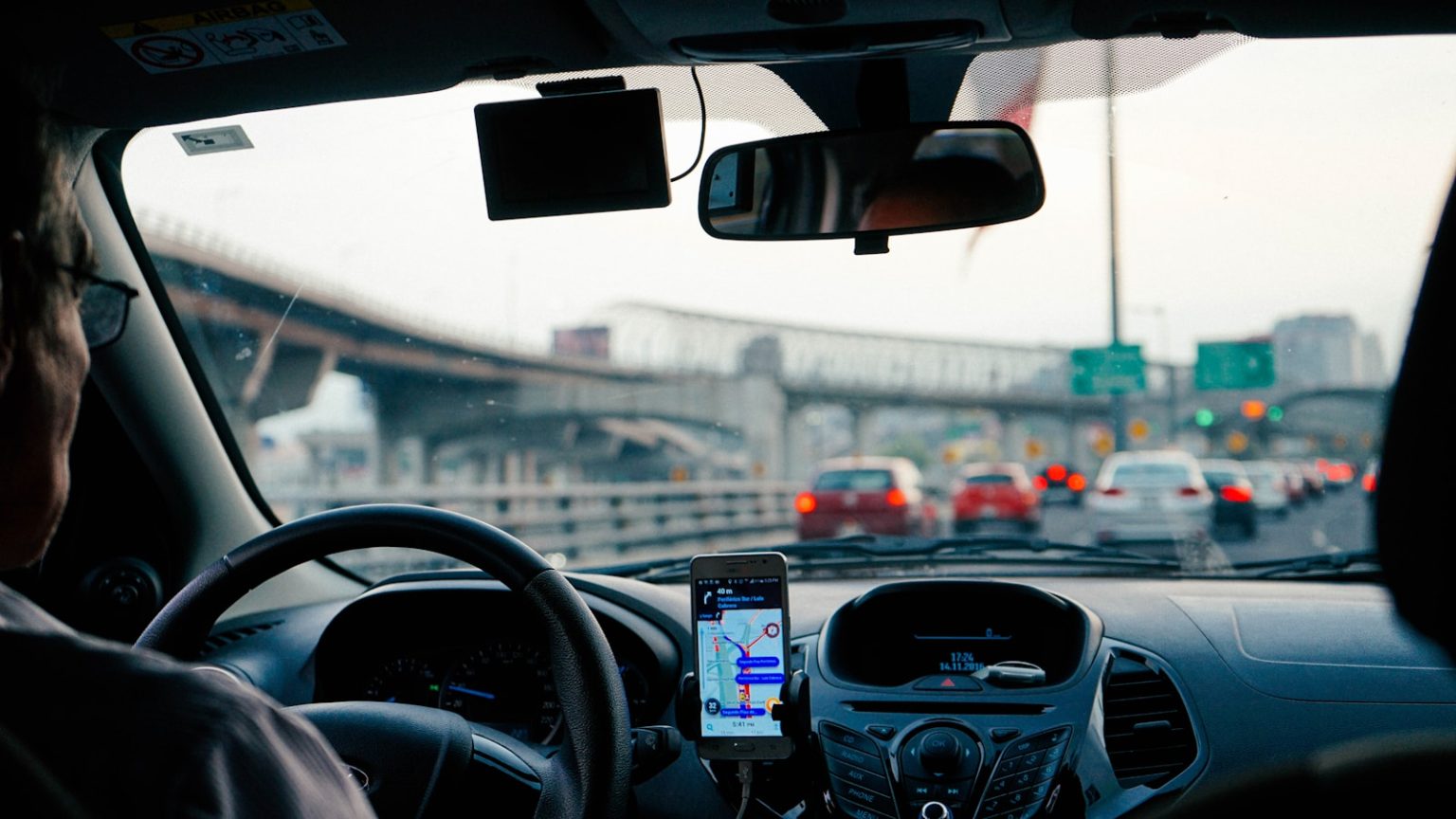Uber is rolling out a new feature that will allow passengers to specifically request female drivers when booking rides. The option will appear alongside existing choices such as “UberXL” in the app’s booking interface, marking a significant change in how riders can customize their experience.
This new feature responds to growing demand from passengers who may feel more comfortable with women drivers, particularly female passengers traveling alone at night or in unfamiliar areas. The move represents one of the most visible attempts by a major rideshare company to address safety concerns that have plagued the industry.
Addressing Safety and Preference Concerns
The “Women Drivers” option appears to be part of Uber’s broader strategy to improve safety and user experience on its platform. For years, rideshare companies have faced criticism regarding passenger safety, with numerous incidents involving drivers reported across the industry.
By allowing passengers to select women drivers, Uber is acknowledging that some users have specific preferences based on personal comfort and safety considerations. The feature may particularly appeal to:
- Women traveling alone, especially at night
- Parents sending children in rideshare vehicles
- Individuals who have experienced previous safety issues
Potential Impact on Driver Community
The introduction of this feature raises questions about how it might affect Uber’s driver community. Women make up a minority of rideshare drivers globally, with estimates suggesting they represent between 20-30% of drivers on major platforms.
This new option could potentially create higher demand for women drivers, which might encourage more women to join the platform. However, it could also lead to longer wait times for those specifically requesting women drivers in areas where female drivers are scarce.
“This change acknowledges the reality that many passengers have preferences based on their personal comfort level,” said a transportation industry analyst familiar with rideshare operations. “But the success of this feature will depend on having enough women drivers to meet demand.”
Industry Implications
Uber’s move could prompt other rideshare companies to introduce similar options. Lyft, Uber’s main competitor in the US market, has not yet announced plans for a comparable feature, but industry watchers expect they may follow suit if Uber’s initiative proves popular.
The feature also raises questions about discrimination policies and how they apply to customer preferences in service industries. Legal experts note that while customers may have preferences, companies must balance these with equal opportunity employment practices.
The rideshare industry continues to evolve as companies respond to user feedback and safety concerns. This latest feature represents an acknowledgment that passenger comfort plays a crucial role in the rideshare experience, and that some users have specific preferences regarding who drives them.
As the feature rolls out, Uber will likely monitor its impact on wait times, driver recruitment, and overall user satisfaction. The company has not yet announced when the feature will be available in all markets or whether additional identity-based selection options might be introduced in the future.







